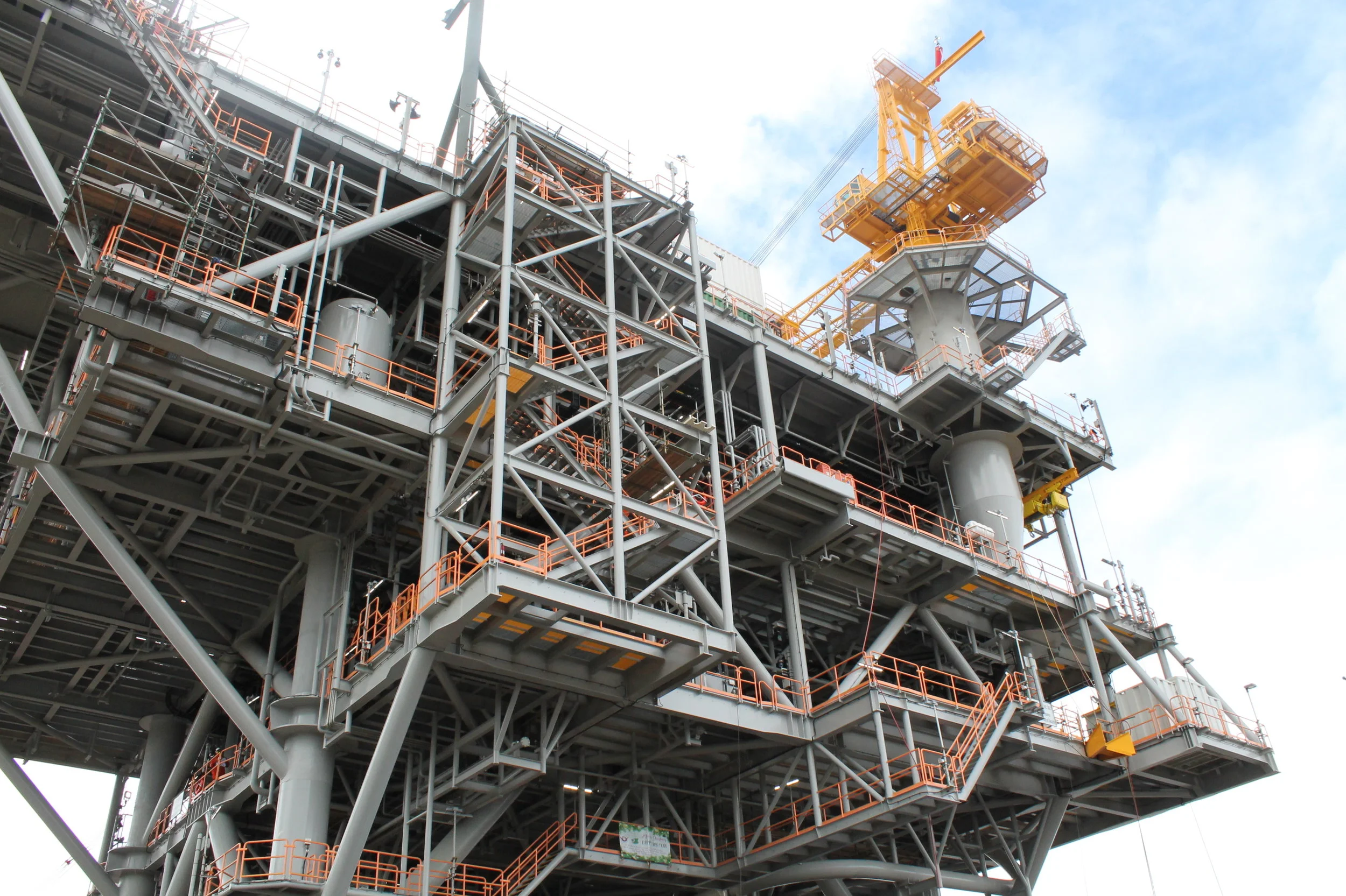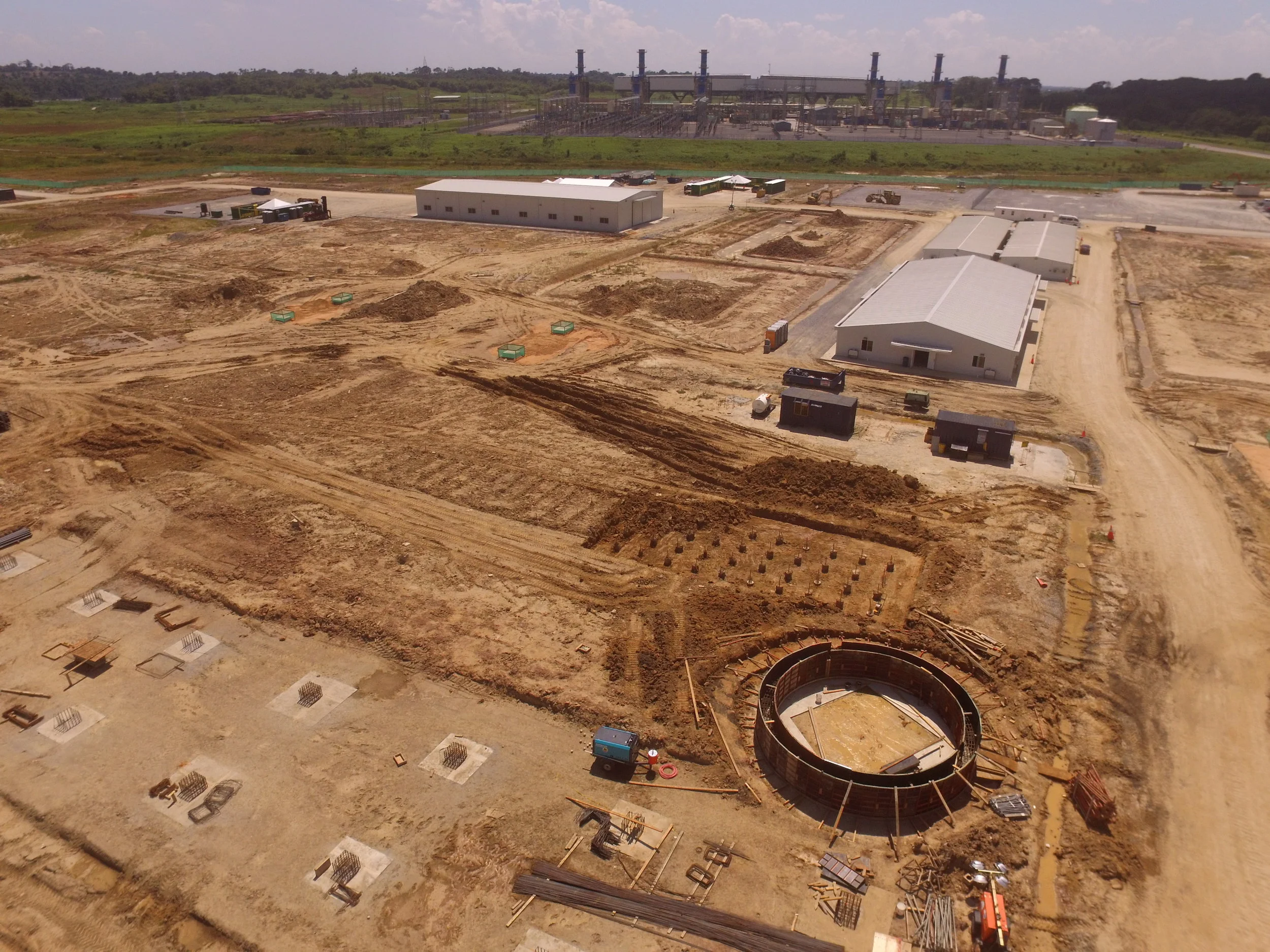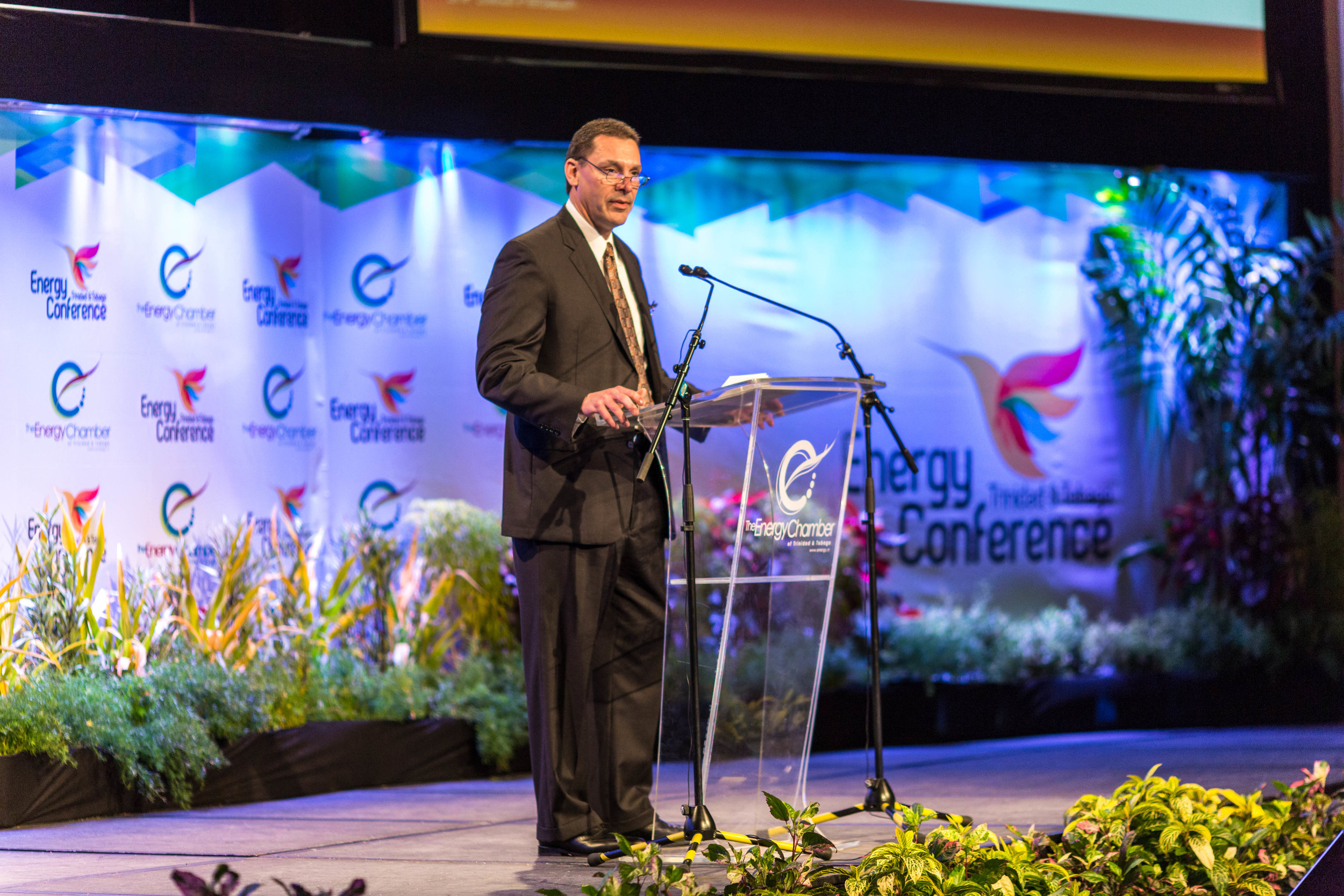A decade after its first attempt to buy the Teak, Samaan and Poui (TSP) fields off Trinidad’s southeast coast, Anglo-French operator Perenco has announced that it has acquired a 70% operator interest in the blocks from Repsol. Perenco, in partnership with Trinidad-based conglomerate Massy, had originally made an offer to purchase the fields from bpTT, but that offer was pre-empted by Spanish oil company Repsol, which is a 30% shareholder in bpTT. Repsol acquired a 70% operator interest in the three fields, with the state-owned National Gas Company (NGC) and Petroleum Company of Trinidad and Tobago Limited (Petrotrin) both owning 15%.
Viewing entries in
News
Range Resources, an onshore operator in Trinidad’s Morne Diablo field, has encountered success in its last well in its latest five well drilling campaign for 2016. Range actually reached oil producing depth early in its GY681 well, which, as a result, is set to lower drilling costs. The target depth was 4,500 feet, but the company achieved success more than 100 feet sooner, at 4,395 feet. Production testing is scheduled to commence this month to determine the production potential of the well.
In the aftermath of what must be one of the world’s shortest-ever strikes, Trinidad and Tobago’s Prime Minister, Dr. Keith Rowley has outlined the government’s intentions to introduce external capital investment into upstream oil production at stateowned Petrotrin. The strike, which was cancelled just hours after it begun, was called by the oil workers’ union to demand the settlement of wages for two three-year collective bargaining periods.
Construction of the much-anticipated Juniper platform has been completed and the topside has been loaded out from the Trinidad Offshore Fabricators (TOFCO) facility in La Brea, for installation in its permanent location off Trinidad’s southeast coast. The jacket for the platform, which was originally supposed to be constructed in La Brea but was moved to a yard in the United States (US) after early project delays, has also been transported back to Trinidad ready for installation.
Juniper will become BP Trinidad and Tobago’s 14th offshore production facility, but it is the company’s first subsea field development in the twin island republic. The development will include five subsea wells and promises a production capacity of approximately 590 million standard cubic feet a day (MMSCFD). Gas from Juniper will flow to the Mahogany B hub, via a new ten-kilometre flowline.
Recently, we had a chance to sit down and have a frank discussion with Spencer Dale, Chief Economist, BP when he visited Trinidad and Tobago to launch the BP Statistical Review 2016.
Tax increases have the Trinidad and Tobago private sector very concerned. In addition to the increased rate of corporation tax, both domestic and international private sector investors are concerned about the re-emergence of property tax, announced by the Minister of Finance for the 2016-17 national budget.
Sapurakencana joins several drilling companies that have opted to mothball their vessels off the coast of Trinidad. They are all sitting idly by, waiting for the global energy industry to recover. Cold stacking involves the partial decommissioning of the vessel when it appears that it will not be in use for an extended period of time. Sometimes called mothballing, the main features of the ship are reduced, in order to significantly lessen costs due to the asset being idle.
Construction of the long-delayed Caribbean Gas Chemicals Limited (CGCL) petrochemical facility is underway at the Union Industrial Estate in La Brea, Trinidad. Construction of temporary site facilities for the CGCL plant, which will produce 1,000,000 metric tonnes per year (MTPY) of methanol and 20,000 MTPY of Dimethyl Ether (DME), began in March 2016, but activity on-site only started to ramp up after the final outstanding agreements were ratified and signed by all the stakeholders involved, on August 8th 2016. CGCL is owned by the Mitsubishi Consortium of Japan, the Massy Group and the state-owned National Gas Company of Trinidad and Tobago (NGC). The project is being financed by the Japan Bank for International Cooperation (JBIC).
First gas from the Iguana gas field in the Gulf of Paria is scheduled for the first quarter (Q1) of 2018, according to the Certificate of Environmental Clearance (CEC) application submitted by DeNovo, the operator of Blocks 1(a) and 1(b) off Trinidad’s west coast. Iguana is one of three gas discoveries in the shallow water blocks, which DeNovo purchased from Centrica in April 2016. The CEC application covers the Iguana, Zandolie and Anole fields, and exploration drilling on a fourth prospect named Whiptail.
Over 90% of service companies reported that they were affected by late payments according to a survey of contractors and service companies conducted by the Energy Chamber. In addition, 93% of respondents also said that the impact on their companies was significant and over half of the surveyed companies said that over 50% of their accounts receivables were 60 days overdue.
A heated argument is brewing between geologist Herbert (“Billy”) Sukhu and Valerie Stoute, professor of environmental and postgraduate studies and research at the University of Trinidad and Tobago (UTT) over which one has the best approach to monetising the estimated 1.45 billion barrels of 37.5° API oil locked up in tar sands in south Trinidad.
With the three most senior and experienced public servants in the Ministry of Energy due to retire in the next few months, many leaders in Trinidad and Tobago’s energy sector are expressing concerns about a lack of capacity at the Ministry and the likely impact of these changes on key decision making. Permanent Secretaries, Selwyn Lashley and Heidi Wong, and Chief Technical Officer, Richard Jeremie, are all on the verge of retirement from the Ministry.
Jamaica is rapidly converting to natural gas as the main fuel for power generation but, alas, none of it will be coming from Trinidad and Tobago.
In his 2016-17 budget statement, the Trinidad and Tobago Minister of Finance, Colm Imbert, made much of the significant declines in tax revenue that the government has received from the traditional biggest tax-payer, bpTT.
The big disappointment for Guyana, following the discovery of between 800 million to 1.4 billion barrels of oil resources by US major ExxonMobil 200 km offshore, is that the production of crude will not begin for another five years (2021).
While operator companies in the upstream oil sector received welcome news in the national budget statement that their tax burden was likely to be reduced, energy services companies were shocked to learn that their corporation tax rate would jump from 25% to 30% for all taxable profits over TT$1 million.
In his 30th September 2016 budget statement the Trinidad and Tobago Minister of Finance, Colm Imbert, announced that the government was in the process of reviewing the country’s oil and gas taxation regime, using advice from experts from the International Monterary Fund (IMF) to help develop proposals. Minister Imbert summarised the main recommendations from the IMF, which involve the transformation of an existing tax against revenue that kicks in at US$ 50, known as Supplemental Petroleum Tax (SPT), with a new cash flow-based tax and the simplification and reduction of profit taxes. The IMF also recommended “a moderate fixed rate royalty in the order of 10-12%” to ensure a minimum income stream for the government.
Trinidad & Tobago official audited non-associated proved gas reserves declined by 7.8 % between December 2014 and December 2015, down from 11.5 trillion cubic feet to 10.6 (tcf). Unrisked “3P” reserves (that is the total of proved, probable and possible) showed a similar level of decline (8.2%) while overall unrisked exploration resources showed a relatively small decline of just 1.6%, down from 43.8 tcf to 43.1 tcf.
BHP Billiton has confirmed encouraging results from the LeClerc well, the first well in the company’s historic deep water drilling campaign offshore Trinidad and Tobago. According to the press release issued by BHP Billiton, the well encountered gas in multiple zones.





















